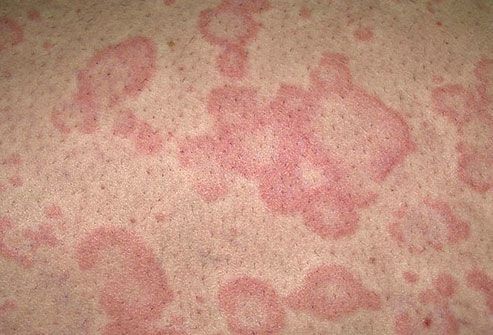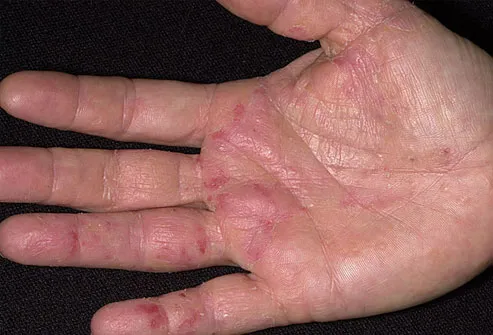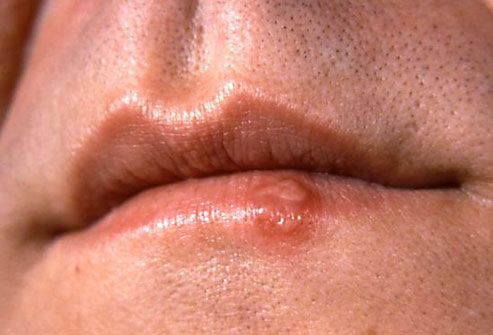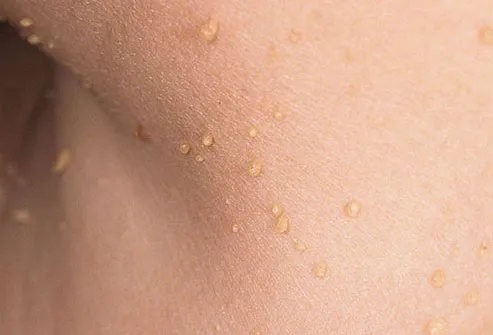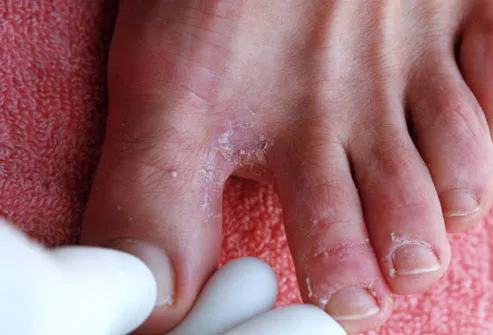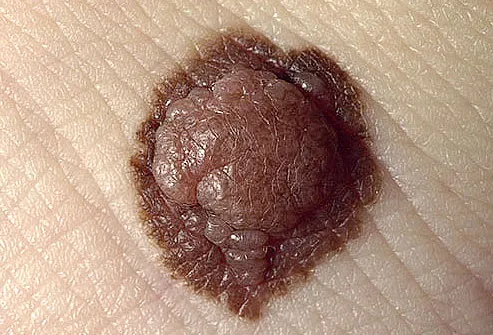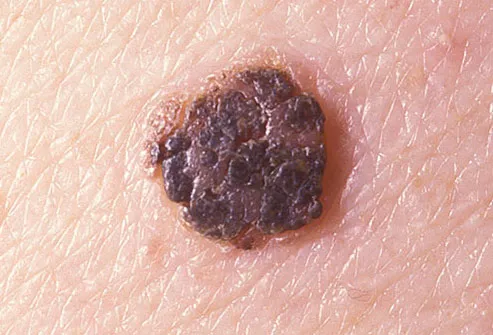When a heart attack strikes, it doesn’t always feel the same in
women as it does in men.
Women don't always get the same classic heart attack
symptoms as men, such as crushing chest pain that radiates
down one arm. Those heart attack symptoms can certainly
happen to women, but many experience vague or even “silent”
symptoms that they may miss.
These six heart attack symptoms are common in women
1)Chest pain or discomfort.
Chest pain is the most common heart attack symptom, but
some women may experience it differently than men. It may feel
like a squeezing or fullness, and the pain can be anywhere in
the chest, not just on the left side. It's usually "truly
uncomfortable" during a heart attack, says cardiologist. It feels
like a vise being tightened.
2) Pain in your arm(s), back, neck, or jaw.
This type of pain is more common in women than in men. It
may confuse women who expect their pain to be focused on
their chest and left arm, not their back or jaw. The pain can be
gradual or sudden, and it may wax and wane before becoming
intense. If you're asleep, it may wake you up. You should report
any "not typical or unexplained" symptoms in any part of your
body above your waist to your doctor or other health care
provider, says cardiologist.
3) Stomach pain.
Sometimes people mistake stomach pain that signals a heart
attack with heartburn, the flu, or a stomach ulcer. Other times,
women experience severe abdominal pressure that feels like
an elephant sitting on your stomach, says cardiologist..
4) Shortness of breath, nausea, or light-headedness.
If you're having trouble breathing for no apparent reason, you
could be having a heart attack, especially if you're also having
one or more other symptoms. It can feel like you have run a
marathon, but you didn't make a move.
5) Sweating.
Breaking out in a nervous, cold sweat is common among
women who are having a heart attack. It will feel more like
stress-related sweating than perspiration from exercising or
spending time outside in the heat. "Get it checked out" if you
don't typically sweat like that and there is no other reason for it,
such as heat or hot flashes.
6) Fatigue.
Some women who have heart attacks feel extremely tired, even
if they've been sitting still for a while or haven't moved much.
Patients often complain of a tiredness in the chest. They say
that they can't do simple activities, like walk to the bathroom.
Not everyone gets all of those symptoms. If you have chest
discomfort, especially if you also have one or more of the other
signs, call the hospital or your Dr. immediately.
What NOT to Do
If you feel heart attack symptoms:
1) Don’t delay getting help.
Women generally wait longer than men before going to the
emergency room, says a cardiologist. Even if you think your
symptoms aren’t that bad or will pass, the stakes are too high.
2) Don't drive yourself to the hospital.
You need an ambulance. If you drive, you could have a wreck
on the way and possibly hurt yourself or someone else.
3) Don’t have a friend or relative drive you, either.
You may not get there fast enough.
Don’t dismiss what you feel. "Don't worry about feeling silly if
you're wrong. You have to get it checked out right away.
People don't want to spend hours in an emergency room if it
isn't a heart attack,says a Dr.. But women are actually good at
deciding what is typical for themselves and when to seek health
care.

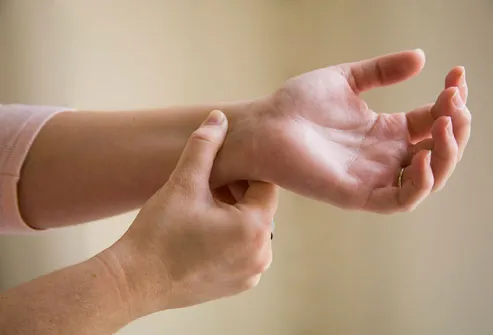
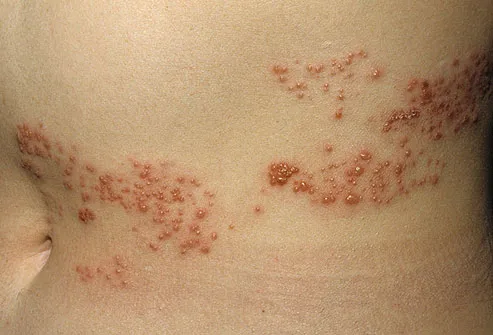 \
\